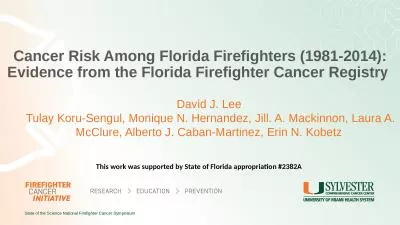PPT-Multiphase Study on Firefighter Safety and the Deployment o
Author : aaron | Published Date : 2017-04-05
HighRise Field Experiments HighRise Toolkit Whats inside Full Report Dept of Commerce release notes 10 Fact Sheets Executive Summary DVD of photos Contact information
Presentation Embed Code
Download Presentation
Download Presentation The PPT/PDF document "Multiphase Study on Firefighter Safety a..." is the property of its rightful owner. Permission is granted to download and print the materials on this website for personal, non-commercial use only, and to display it on your personal computer provided you do not modify the materials and that you retain all copyright notices contained in the materials. By downloading content from our website, you accept the terms of this agreement.
Multiphase Study on Firefighter Safety and the Deployment o: Transcript
Download Rules Of Document
"Multiphase Study on Firefighter Safety and the Deployment o"The content belongs to its owner. You may download and print it for personal use, without modification, and keep all copyright notices. By downloading, you agree to these terms.
Related Documents

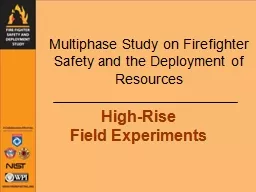
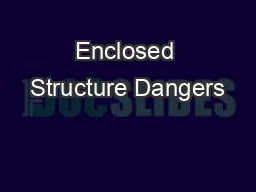
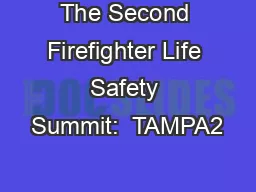
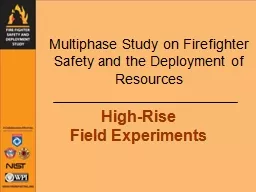

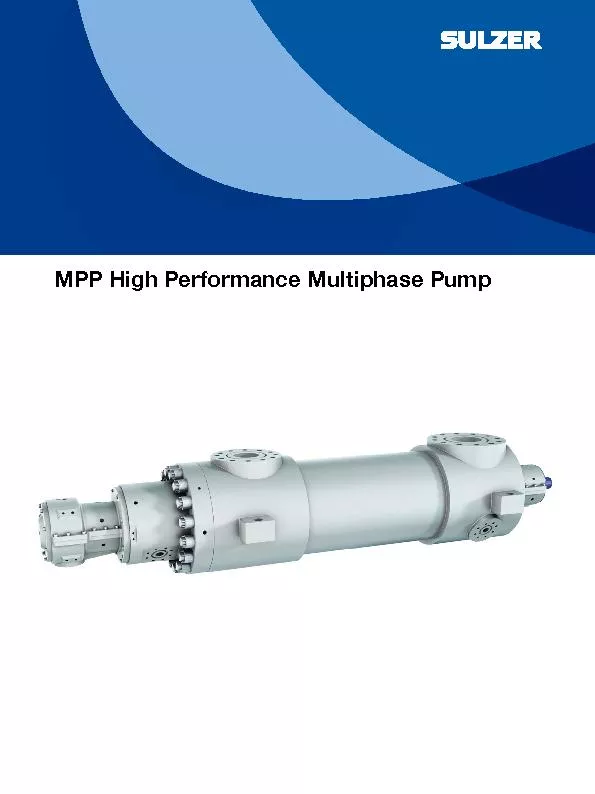
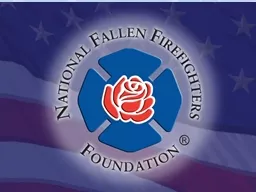
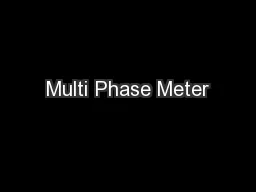
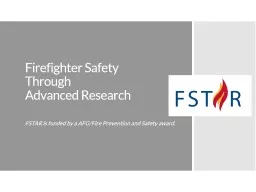
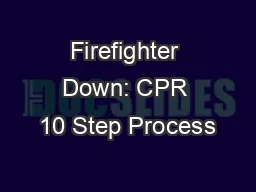


![[READ] Firefighter Exam Prep 2023: Ace the Firefighter Test on Your First Try | Exam Prep](https://thumbs.docslides.com/1006345/read-firefighter-exam-prep-2023-ace-the-firefighter-test-on-your-first-try-exam-prep-guide-with-practice-test-simulations-video-lessons-and-secret-tips-to-get-the-highest-score.jpg)
